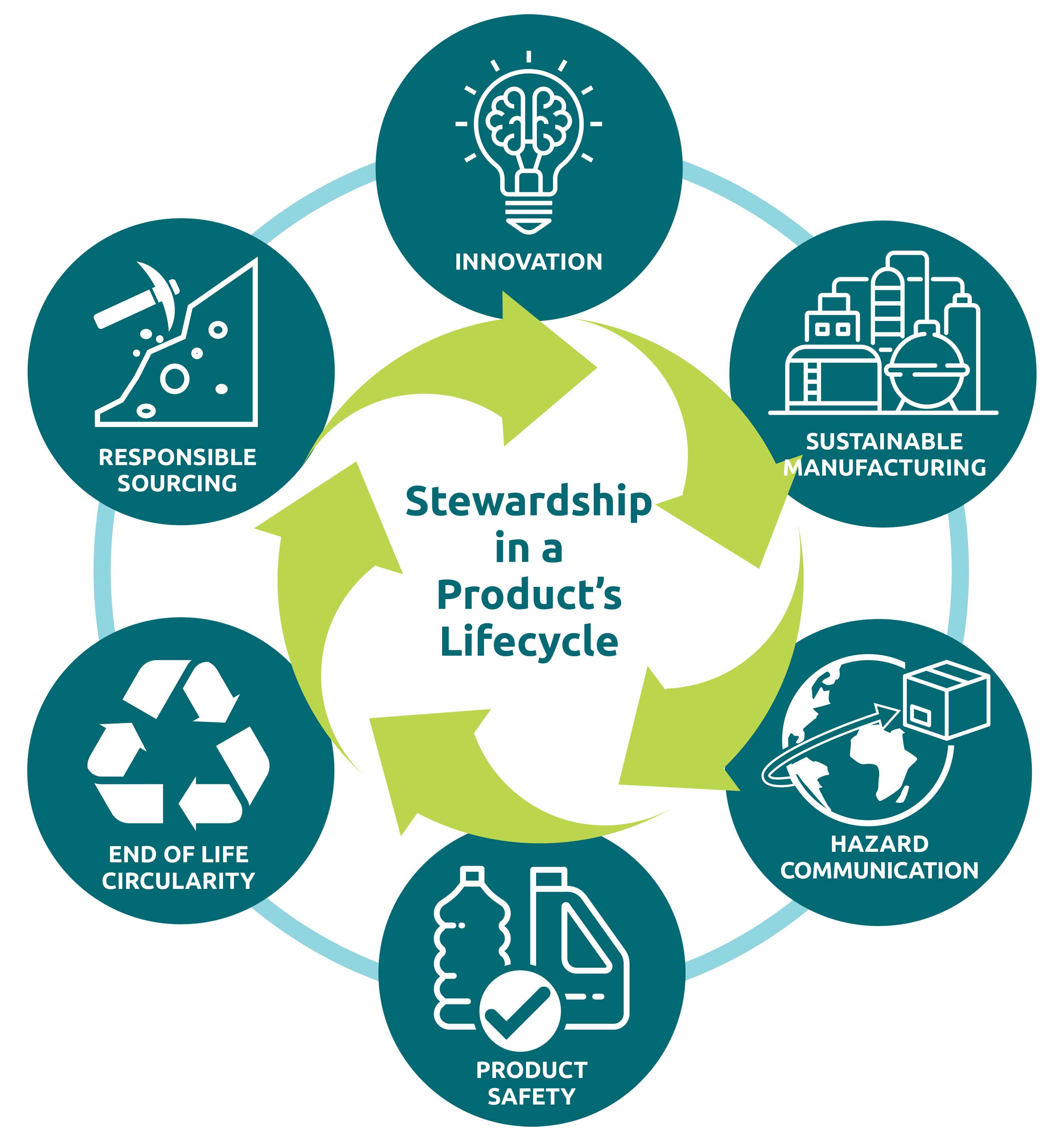Product Stewardship
At Avient, our culture of safety—including our product portfolio—is a foundational strength that drives everything we do. We rigorously assess the health, safety, and environmental impacts of our products across all stages of their life cycle—from the safe and responsible use of raw materials through product development and manufacturing, to end-use applications and beyond.
Our expert Product Stewardship team is a key differentiator that sets us apart from our competitors. This team plays a critical role in supporting both our product portfolio and our customers by ensuring the safe use and handling of our products. They provide comprehensive hazard communication and maintain compliance with global and local regulations.
Ongoing communication with customers regarding product safety—whether for new or existing applications—is essential to understanding and managing the health and safety implications of our product portfolio. We are proud to maintain certification under the American Chemistry Council’s (ACC) Responsible Care® 14001 management system and to adhere to the ACC’s Product Safety Code, which exceeds basic legal requirements. In 2024, we reported zero instances of non-compliance with both mandatory and voluntary product safety standards.

Strategy

Avient is actively involved in various associations including the ACC, European MasterBatchers and Compounders (EuMBC), European Plastics Converters (EuPC) and Titanium Dioxide Manufacturers Association (TDMA). Industry best practices and efforts to minimize impacts of our products on human health and the environment are based on a combination of lessons learned through these outreach programs and compliance.
Product Stewardship uses the ACC prioritization tool and associated risk assessment methodology to identify, document and communicate environmental, health and safety impacts of our products. Five percent or less of our products by total sales revenue are classified as category 1 or 2 health hazards in accordance with the Globally Harmonized system (GHS) for classification. These classifications and others, such as, environmental classifications and physical form contribute to the overall prioritization. Substances are encapsulated in our solid polymers and not biologically available for exposure when used as intended, therefore do not present a hazard. While the majority of our products are not labeled or transported as hazardous materials, we are committed to the process of risk assessments on hazardous materials.
As a result of these assessments, we have published additional substance safety summaries on our Avient website and will continue to update internal and external stakeholders on material handling and environmental considerations. We maintain data related to the environmental, health and safety of our products in our product stewardship database. The information is reviewed and updated continuously. Through this data, we create safety data sheets and customer certification statements for intended use and product safety improvements.